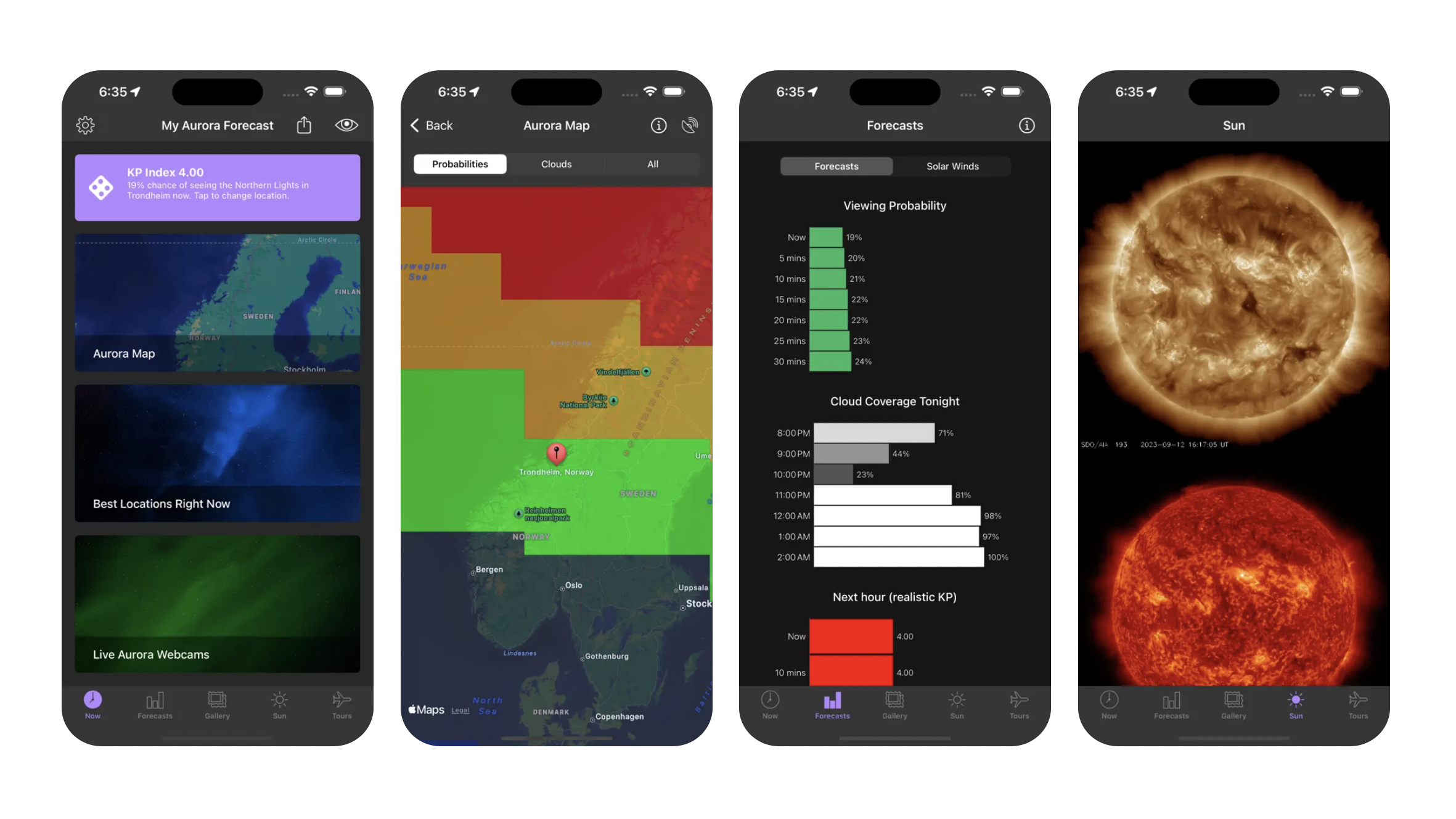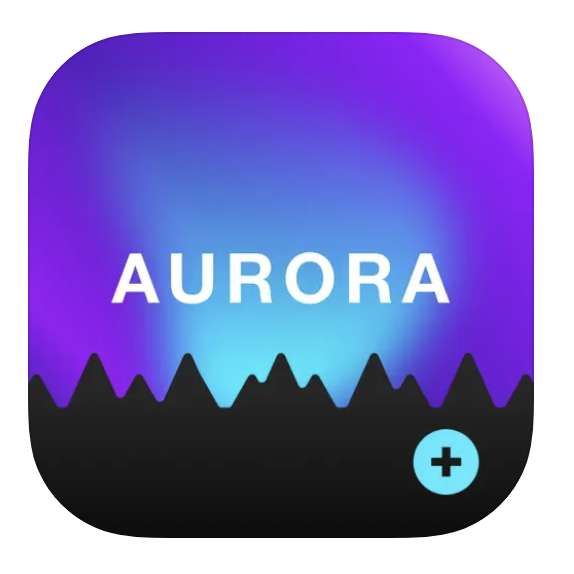

iPhone/iPad/Apple Watch - $3.99/£3.99
Want more apps? Check out our hand-picked lists:
- Best iPhone apps
- Best iPad apps
- Best macOS apps
- Best Apple Watch apps
Over the past few weeks, lucky people in parts of the US, UK and Europe have had the extremely rare opportunity to see the Northern Lights, also known as the aurora borealis.
Seeing these streaks of pink and green hues across the night sky is usually extremely rare – especially in some of the locations it’s been spotted in recently – but spikes in geomagnetic activity have made the Northern Lights visible in many places.
The good news is that some areas may get another impressive light display over the next few weeks. Although you’ll find lots of news reports about the aurora in your area, the best way to find out if you’re likely to see them near you – or on an upcoming trip – is to get a dedicated app.
There are several that are worth checking out, but My Aurora Forecast Pro has been my favorite so far – as long as you don’t mind paying $3.99/£3.99.
Forecasts, maps and beautiful sun imagery
I’ve used several different night sky apps over the years to identify satellites, constellations and planets – Night Sky and Sky Guide are my favorites – but I don’t know much about the Northern Lights. So I was worried a dedicated app might make no sense.
But My Aurora Forecast is pretty easy to use, so long as you make sure you play around with it during the day so you know how it works before you’re scrambling to find out if it’s aurora time. While you’re at it, set up push notifications. That way you’ll get notified when auroral activity is expected to be high.
When you first open My Aurora Forecast, you’ll see at the top of the home screen there’s the KP Index. This updates constantly and shows you the probability of seeing the Northern Lights in your area.
Below that, you’ll find an aurora map, this shows where the aurora is likely to be visible right now. The aurora is represented by big bands of color across the map and it’s pretty easy to get to grips with. There are also options for a list of the best locations where the lights are visible right now, as well as live cams – which are really cool to look at, even if the Northern Lights aren’t going to be visible in your location.
Along the bottom menu bar you’ll find more information to dig into, which will be appealing to those who are serious aurora watchers or want to learn more about the science behind what’s going on. There’s a forecasts tab, which tells you whether your chances of seeing the Northern Lights could change throughout the course of the night. You’ll also find solar wind statistics and mesmerizing, high-resolution sun imagery.
Keen to see the Northern Lights but want a free alternative? Take a look at Aurora Alerts instead.







